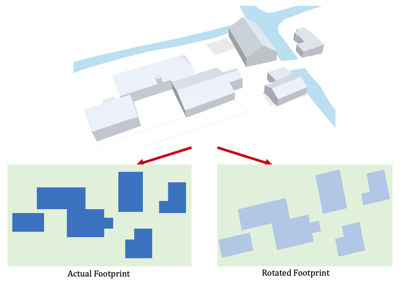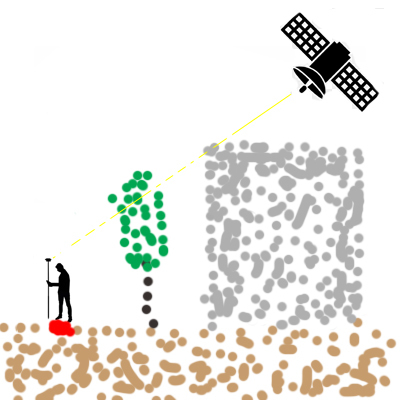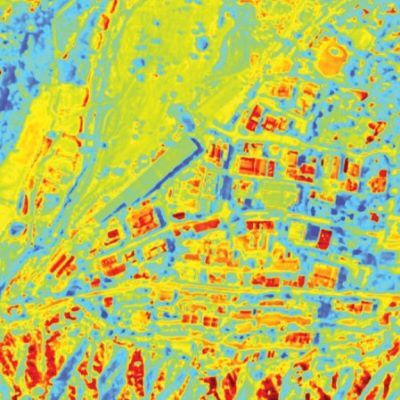
Christos Chontos
While reconstructing urban environments, the accuracy of our model is strongly related with the quality of the input data. Their initial type for this process is the footprints of the buildings, which are typically used to raise them, either through manual or automated methods. However, these data could be biased and when we perform a Computational Fluid Dynamic simulation (CFD), could have impact on our results. In our case, real-world building footprints will be used to define these biases with the uncertainty of raw data. Additionally, the probability approach for representing and quantifying this uncertainty will be examined. The CEDVAL database is an example of a canonical case for the simulations, in which the building footprints could be perturbed based on mean from point cloud data, in a deterministic way (rotation and displacement). A CFD simulation on such a canonical case would typically involve the following steps: 1) Preparation of our geometry, 2)Generation of the mesh, 3) Boundary conditions (fluid properties, inlet velocity and other relevant parameters), 4) Numerical solution by solving a system of algebraic equations and 5) Post-processing, like visualization of the flow patterns and comparing the simulation results with the experimental data from the CEDVAL database. The data that will be compared are flow velocity, pressure, turbulent kinetic energy, dissipation rate and turbulent viscosity. The effects will be examined across multiple wind directions.
Supervisors: Clara Garcia-Sanchez + Ivan Pađen

